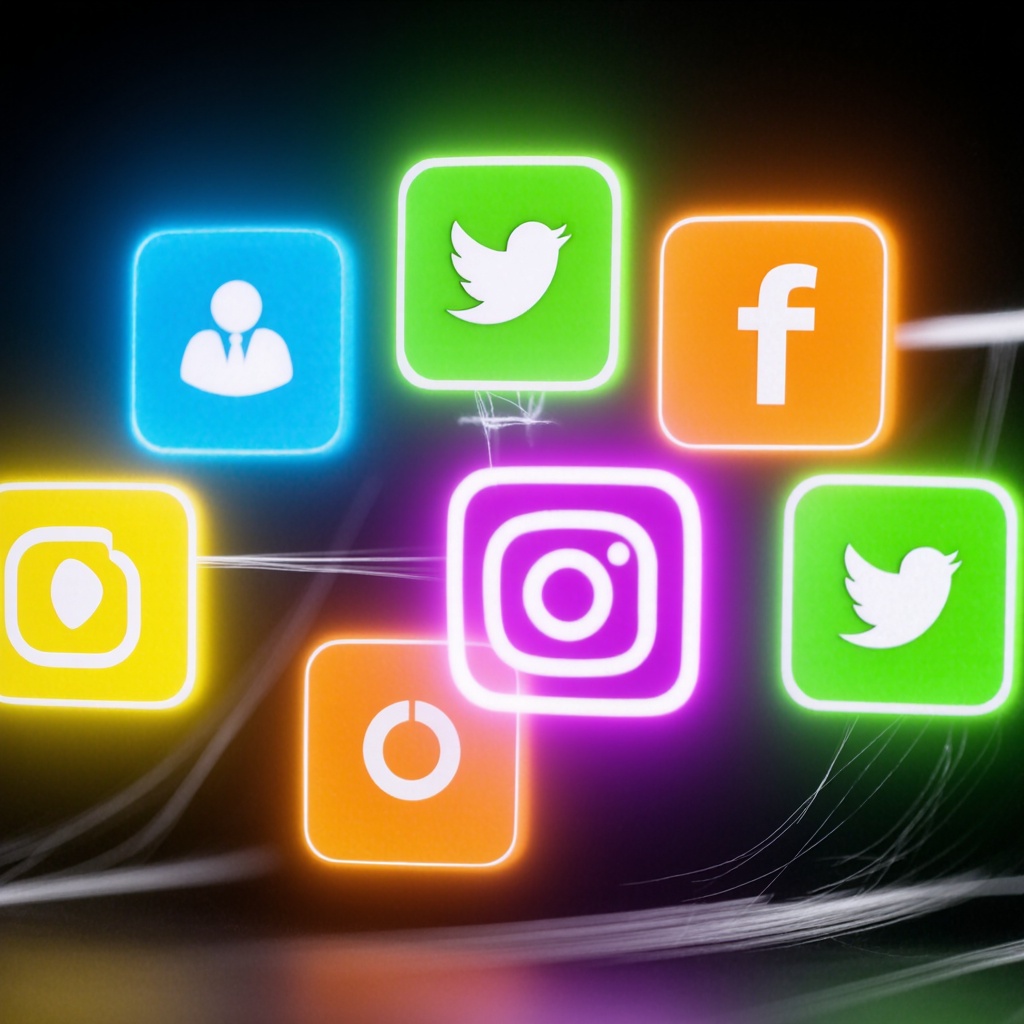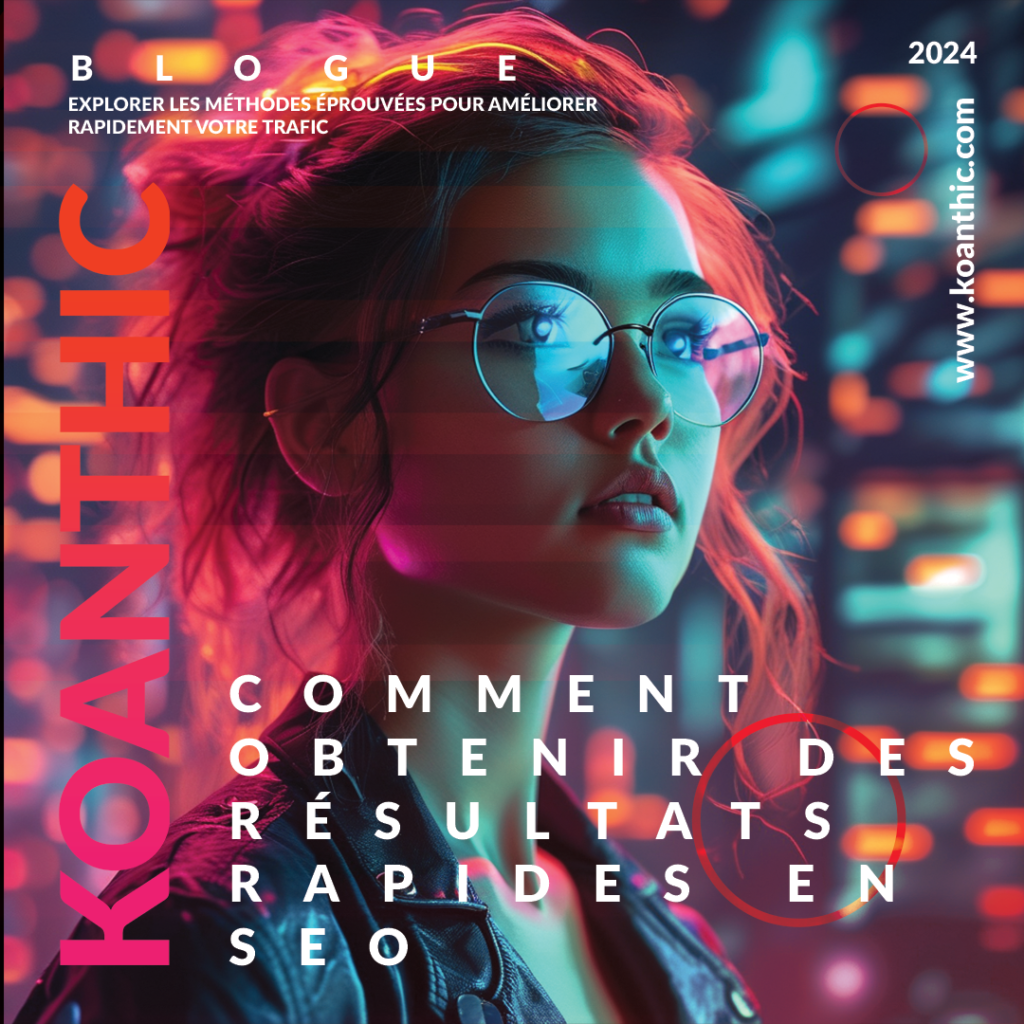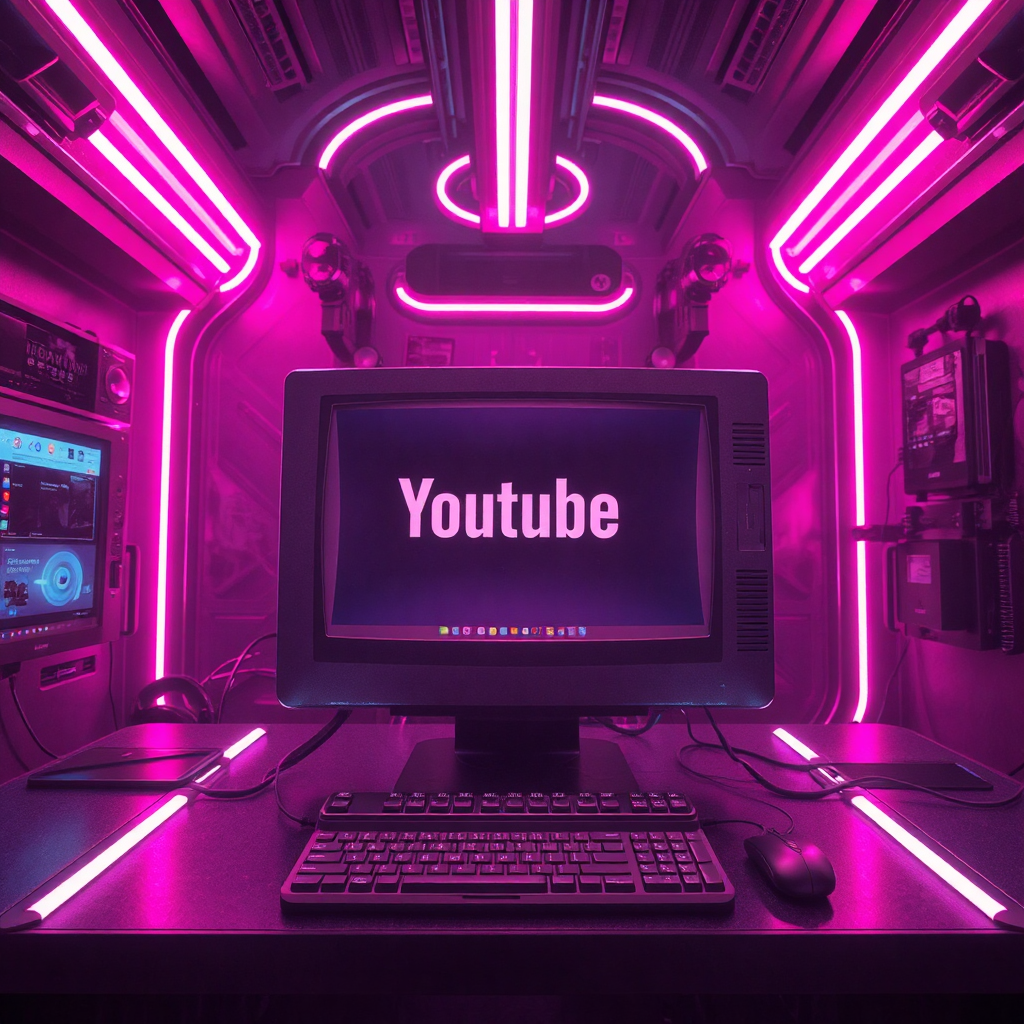How to be more creative at work
At Koanthic, we believe that creativity is not a privilege reserved for artists or traditional “creatives”, but a strength that every member of a team can and should harness. In a world where new ideas make all the difference, the ability to be inventive on a daily basis is an essential asset for anyone wishing to contribute in an impactful way.
In this article, we explore what creativity really is at work, how it manifests itself and, above all, how each of us can tap into this infinite universe of ideas to enrich our company’s projects.
Let’s dive into the strategies and tips that will make your creative side shine!
Talking about “creativity
In my industry, there’s a lot of talk about creativity.
Wherever you work, people look to creative teams to come up with new ideas.
After all, that’s why we’re called “creatives”.
They appreciate unique angles, bursts of inspiration and the proverbial light bulb in the head.
They rely on creatives to help brands tell an effective story that inspires people to act.
We’re part of the marketing strategies that inspire behavioral change.
However, this creativity doesn’t just come from the “creatives” and not just from the agencies.
Not at all.
Ideas can come from anyone, in any role, if you encourage people to express and defend their own ideas.
Account managers, project managers, QA testers, proofreaders and traffic coordinators have ideas that rival those of the best copywriters, art directors and others generally associated with “ideas”.
The problem?
Most “non-creative” people feel confined by the words printed on their business cards.
They wrongly assume that they’re less qualified to share new ideas or whatever.
In fact, it’s just a matter of “whatever”.
Everyone has ideas. You’ve got ideas!

The big secret revealed: Where creativity comes from | Creative at Work
I’m also a professional comic book artist.
I started my career in journalism, then moved on to writing and publishing comics.
These experiences, which consisted of telling visual stories on a printed page, were an excellent experiment in trying to tell visual stories on a web page.
Over the years, I’ve come to understand that all marketers are visual storytellers trying to tell stories on deadline.
At comic book conventions, fans and budding creators would sometimes ask me where I got my ideas.
If you’ve ever sat at a table and seen a parade of people come to your table to ask the same question, you start to challenge yourself to come up with unique and fun answers.
It’s partly to entertain myself, partly to entertain them, and mostly because I don’t have a good answer.
There are a few creators who have come up with funny, sarcastic and downright ridiculous versions of the same answer.
According to many sources, the famous writer Harlan Ellison gets his ideas from Poughkeepsie.
Everyone has access to the same universe of ideas, so if you let the idea pass you by, it will pass by the next person.
That’s why so many people say things like “I had the same idea”.
The idea light bulb | Creative at Work
Did that light bulb in your head just go on?
People in creative departments are more in tune with the Idea Etherverse, even if they don’t call it that.
Their antenna is deployed, ready to receive the ideas that are circulating.
Because of their role in the workplace (especially in advertising and marketing agencies), they have the confidence to explore and express their ideas.
It’s very easy for a content strategist or copywriter to turn to someone else in the creative department and pass on an idea.
It may be a completely outlandish idea, but usually a creative colleague understands that ideas are fragile and need to be nurtured.
There may not be a straightforward, saleable solution, but he’ll usually dwell on the scenario: “What if we tried this new idea?”
This approach is very liberating and often leads to new paths and ideas.
Culturally, we give creative people a wide latitude of expression.
They’re allowed to chase ideas that never make it to the page.
It’s part of the creative process.
But why limit this kind of mental exploration to a single group of people in the workplace?
Interestingly, I’ve found that team leaders are the most receptive to ideas from unexpected places, because they just want good ideas.
In fact, you might be surprised at how receptive they are to the enthusiasm and creativity of every member of their organization.
We’re all creative, and we all have access to the world of ideas.
Anyone can come up with an idea, put it into shape for their team, and help stimulate innovation and creativity.
How to start accepting creative ideas | Creative at Work
The first step is yours, so move forward in a relevant and appropriate way.
If you feel an idea floating above you in the universe of ideas, bring it down gently and make it yours.
You may need to nurture it for a day or three.
Personally, I find that a new idea is best when you’ve had a chance to think about it.
As part of my ongoing creative process, I like to save interesting articles.
There are many useful tools for storing articles and ideas you find online.
I use a combination of Google Keep and Microsoft OneNote to save interesting articles, photos and actions.
These tools are free and work equally well on Macs and PCs.
Then find someone you consider a creative thinker.
Grab a cup of coffee.
Or grab a quick lunch.
If you’re looking for someone to literally help you develop, evolve and co-champion the idea, there’s no harm in scheduling lunch.
Then sketch out a few ideas on the medium that suits you best.
I like PowerPoint because it gives me the ability to create shapes and text in a quick prototype.
This is an important step, because you need to record the details while they’re still fresh in your mind.
Plus, almost everyone at work will have PowerPoint on their computer.
Not all your new ideas will be good, and not all of them will be bad either.
By sharing them, you’ll develop your creative muscles, so you’ll know how to nurture your new ideas.
It takes practice to learn how to effectively pluck something from the world of ideas and turn it into something.
So don’t give up too easily, especially in the face of initial setbacks.
Here’s a secret you may not know.
Those of us who start our careers in creative services learn to deal with rejection.
You’ll present 5 ideas and at least 4 of them will be rejected out of hand.
In the real world, brands usually have to settle for one big idea.
If your idea isn’t the one that’s been chosen, you can still be creative by contributing to the real idea driving the campaign.
Being creative means finding ways to contribute, even after you’ve been rejected.
Rejection is part of the job.
Sometimes, you simply have to defend your creative ideas.
Other times, you simply have to be ready to move on to the next idea.
Being creative is a state of mind.
Not only is creativity necessary in the workplace, it’s often rewarded in many ways.
So come up with an idea, sleep on it a few nights and start collaborating with a friend.
We’re all creative in our own way.
Find a way to share your ideas.












